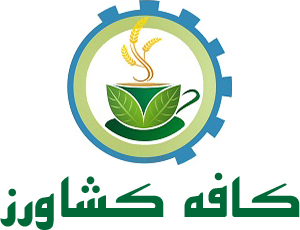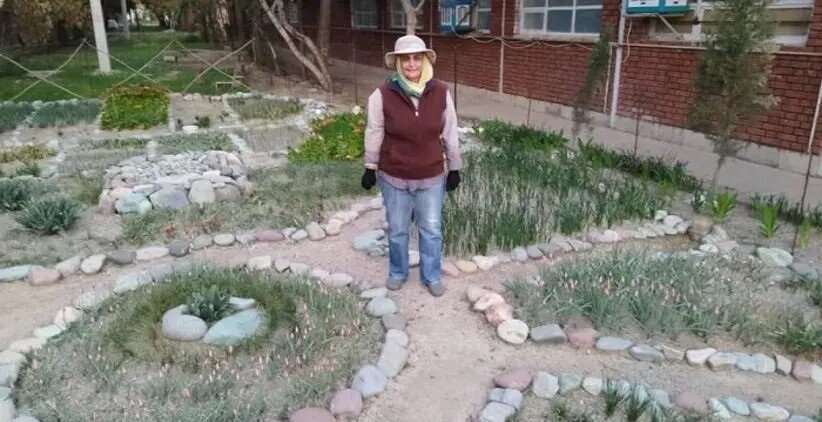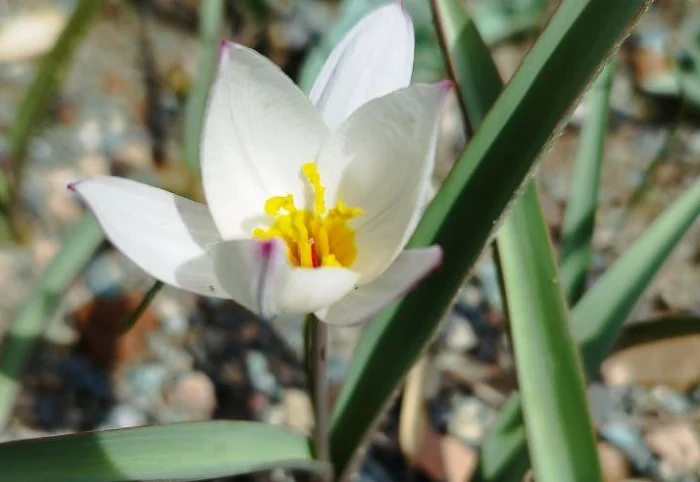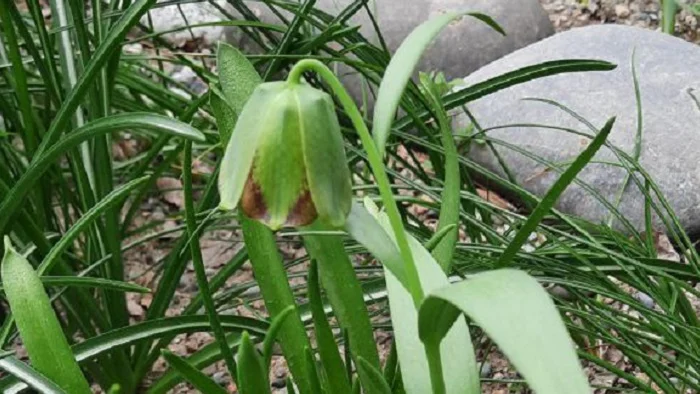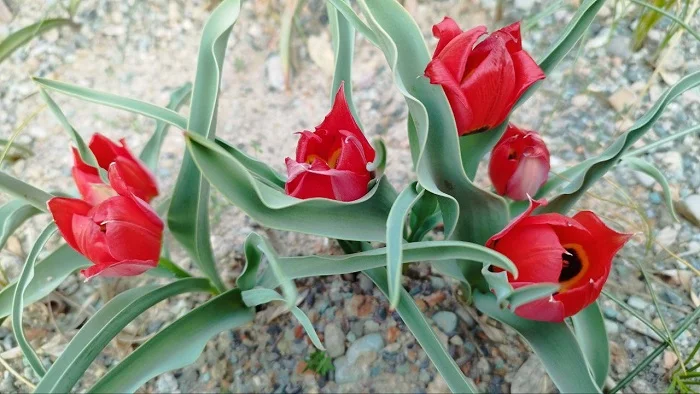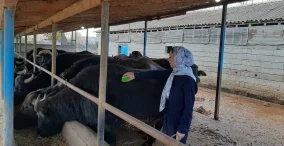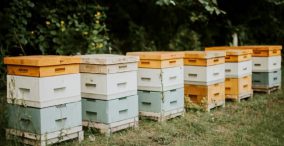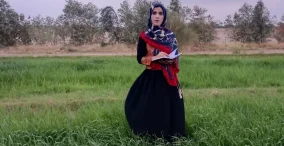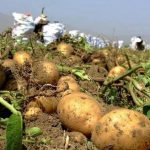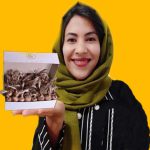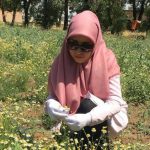The exhibition of onion flowers is a unique collection of beautiful Iranian flowers collected by an Iranian lady who we will get to know in this article.
Afsun Rahmanpour is a specialized Ph.D. in Plant Physiology and has worked in the National Botanical Garden of Iran for 31 years and has implemented many research projects during this period.
He has authored two volumes of books with the titles of investigating the phenology of ornamental trees and shrubs and introduction of onion plants native to Iran along with numerous articles in his scientific record.
After retiring in 1400, this lady has been working in the technology park of the Imam Khomeini Higher Education Center in the Vesta Accelerator Center.
She has established an exhibition of onion flowers, which he says about the preparations for its preparation:
“Initially, to build an onion garden, the soil had to be prepared, which was a very laborious task, as we plowed to a depth of 60 cm with a pickaxe. We removed all the garbage and mixed the soil with sand and then covered it, then fenced it off to protect the onions.
It took 3 months to prepare 100 square meters of onion garden, and during this time, all the work was done by me and my wife, so that if we left it to a laborer, we would not have achieved our desired work.
After this stage, there was the stage of collecting plants from all parts of the country in autumn, winter and spring. Because I had completed the onion garden collection of the National Botanical Garden of Iran for 31 years. I had full knowledge of the habitat of these plants. But the most important thing was to identify onion plants before they grow and when the first leaf bud appears.”
Also, Mrs. Rahmanpour says about the reasons for the success of this exhibition:
“In this way, having experience is very important because we must be able to identify tulips, irises, alliums, tamashkin, ornithogalum and other flowering plants to the extent of the species and transfer them from their habitat to the onion garden and that the bulbs of these plants are located in deep parts. They have to be carefully removed without damage.
After planting these flowers in the onion garden, it was important to adapt to the climate of the garden. Finally, it took about 3 years to collect, protect and reproduce nearly 70 types of onion plants in this collection.
During this period, we had 30 missions to all parts of the country, and we went through many dangers, including accidents and car breakdowns, and even the risk of life due to heights, and this is not possible without love and affection for these plants and preserving this important treasure.”
Cafekeshavarz: What is the importance of such an exhibition and how can it help to preserve this heritage – onion flowers?
In the National Botanical Garden of Iran, I was in charge of the management of the Iranian onion garden and the Arboretum section and completed these two collections for 31 years.
After retirement, I thought of working in another field on onion plants in Iran, the point was that our climate is getting hot and dry and onion plants need little water.
In addition, the place of onion flowers native to Iran is empty in the urban green space, while every year, a lot of currency is taken out of the country to buy Dutch tulips.
Iranian onion plants have the potential to produce, multiply and introduce suitable vegetation in green spaces and homes. Perhaps the public can become familiar with these plants and be diligent in preserving this treasure and important genetic reserve of the country and their propagation.
Therefore, it has been two and a half years since I established a research farm for the cultivation of Iranian onion plants called Balbus in the Vesta Innovation Garden located in the Imam Khomeini Higher Education Center. As I mentioned before, my husband Mehrdad Mehranfard had a lot of cooperation in this important and difficult matter.
Cafekeshavarz: Mrs. Rahmanpour, what do you expect from the people and government officials in this direction?
This work has started as an innovation business and for its progress we need the support of government managers and ordinary people.
By paving the way and providing land and basic facilities, government managers can support and instead of spending a lot of currency to buy Dutch onions every year, they can support domestic producers like us in the competition market so that such businesses do not stagnate. .
Also, ordinary people can help advance this innovation and its demand by supporting local producers like us and with the view of protecting this treasure and not taking these plants out of the field.
Ordinary people without nobles in identifying these plants only for the purpose of eating some parts such as valek or the beauty aspect for a wrongly cut branch such as the inverted tulip put these plants in danger of extinction.
If instead, they can be diligent in producing and multiplying it or get it from producers like us so that no damage is done to the field and nature and this important ecosystem of the country.
A buffalo breeding entrepreneurship in Iran
